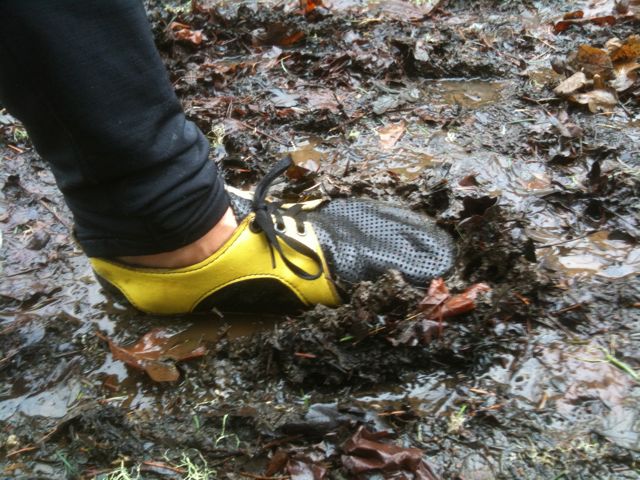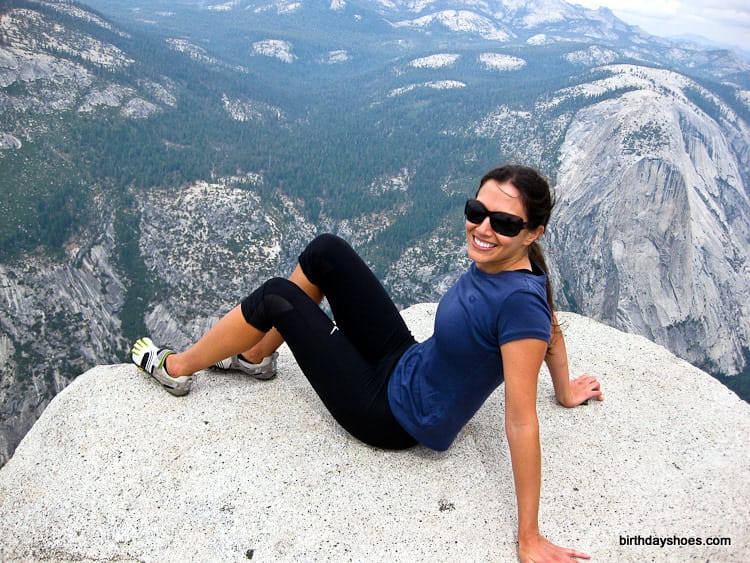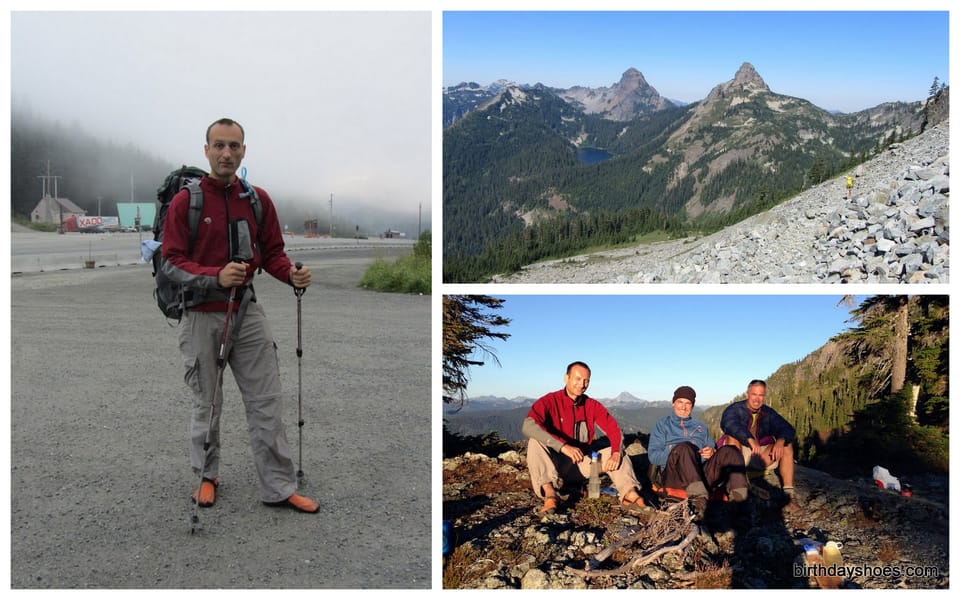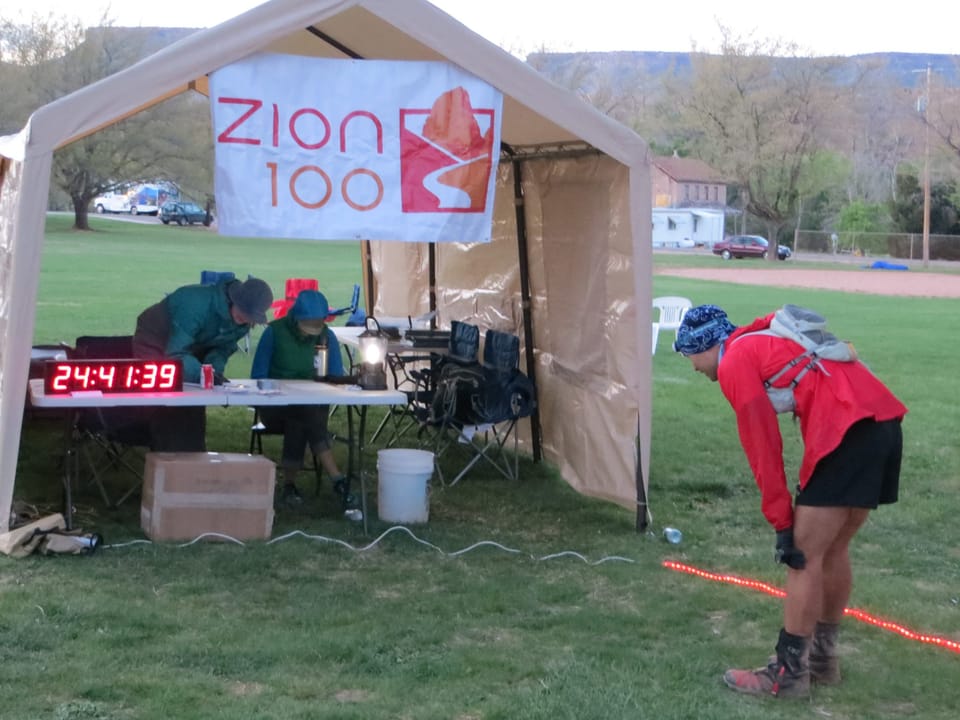The 53 x 400 Meter Nonrelay
Part 2 of My First Half-Marathon (Read Part 1: A Man Can Outrun a Horse in a Race) Okay, so I’ve already gone over how my (probably irrational) contempt of horses is a motivator for me to run distance events with this non-distance running body. We ma…
Part 2 of My First Half-Marathon (Read Part 1: A Man Can Outrun a Horse in a Race | Read Part 3: Running my First Half Marathon)
Okay, so I’ve already gone over how my (probably irrational) contempt of horses is a motivator for me to run distance events with this non-distance running body. We may be ‘born to run’, but maybe 400 meters is enough running for some of us.
But I’m signed up for this half-marathon now. The money is paid. No turning back. Or walking.
Well, because I’m frequently not smart when it comes to my 40-year-old body, I began half-marathon training before googling ‘half-marathon training’. The sensible thing to me was that if I had to run a half-marathon, I should just start running as far as I could go. I had only two requirements of my training: 1) it couldn’t interfere with my semiweekly pick-up basketball schedule, and 2) it couldn’t injure me in a way that prevented me from playing basketball.
So my plan was simple. I put on my mocs, opened the door, and started running.
The first thing I learned was this: a half-marathon is actually a 13.1 mile race. There is something misleading about calling a 13.1 mile race a ‘half’ anything. I realized this at about mile six of my second official training run, which happened to be in Barcelona while I was traveling on business. I had a tentative goal of running 10 miles. My first official training run – and by official I mean I had paid my money – went for just under five miles two days prior. Apparently, my idea was just to increase my mileage geometrically.

Mile 4: Stones end at the Mediterranean in Barcelona
So mile 6 . . . I can’t say there was anything really wrong with me. My feet hurt, running on all that wonderful Barcelona stone. My ankles hurt. And that is my one pertinent preexisting condition: I have bone spurs or something that start to bug me. I blame it on my old obesely padded running gear that I would occasionally use (this is years ago) for little two mile runs, but especially on a pair of very classy-looking Clarks I wore a few years ago. I was living in Dublin, Ireland at the time and did a fast cobblestone walk everyday to catch my morning commuter train to my factory job. Those walks were killing my ankles by the end of my trip.
(A couple years ago, after discovering minimalist footwear and re-discovering that I could run again, I went to my orthopedist to see if he could do something about my ankles. I thought maybe I had bone spurs caused by my poor choice in footwear; he could remove them, and with my new kicks they would not redevelop. We did an MRI (or maybe it was an X-ray) and he did find a bone spur on the inside of one ankle. But I had also complained of pain on the outside of both ankles. He then looked at my feet, said they looked flat (which stunned me and my wife, since my arches are twice the size of hers), and referred me to his “good friend” the podiatrist. It was too bad. This was the man who once cut me open like Christmas turkey to repair the torn labrum in my shoulder. Salvaged my basketball life. But the very last thing I wanted was specialized shoes to ‘correct’ me. Doomed our relationship. Later, I realized the pain on the outside of my ankles has mostly gone away in my Mocs.)
Where am I? Oh yes – Mile 6.
My feet hurt a bit. It’s about here that the tenor of the ankle pain gets a little screechy. It’s not excruciating or anything, but it’s a little more than annoying. And my brain is starting to bother me now. Psychological. Mathematical. Six miles is not even half of a half-marathon. And I’m already feeling abused. And it feels like I’ve been running for a long time. But it’s only six miles! Suddenly, I become preoccupied by my pace, which I can see on the Runmeter app on my iPhone.
10-minute miles. Times 13.1 miles. 132 minutes. Holy crap! That’s two hours and twelve minutes! Of running! Chariots of Fire is only 124 minutes.
For the next mile and a half I multiply the numbers together using different paces. Like: How fast do I have to run to finish in an hour? Finally, I can see my hotel a few blocks away and decide I should walk. You know, to ‘cool down’. But even walking hurts. The fundamental problem, I realize, is that the race is 13.1 miles long.
So I stopped calling it a half-marathon. It needed a more truthful name. The 84 x 400 meter non-relay. The two-hour run. Slow death. Or just the 13.1 miler.
Back in the States, after several more long (for me) runs of around 6-7 miles, and (finally, but brutally) a 10 miler, I looked up some training plans on the internet. (The baseline plan I’m using is Hal Higdon’s Half Marathon Training Program.) I was happy to discover that I’d been overdoing it. Not enough rest. Too many long runs per week. But I was unhappy to discover that basketball was explicitly listed as bad cross-training choice. Well, Body, that’s just too freakin’ bad.

Ahhh...Back in Oregon. Mud that I love.
I’ve been training now, officially, for about a month and I haven’t had any issues with the basketball-related injuries the training plans warn about. Maybe because I have a long history of playing consistently. To the contrary, the distance running has allowed me to run people into the ground on the court. My endurance is much higher than it had been, to the dismay of these other thirty and forty-somethings. (Though my shooting accuracy is still, alas, no cause for anyone’s concern. Except maybe my teammates.) And running in these minimalist shoes—if you’ve done it, you know it’s quite the calf work out. I was worried I wouldn’t be able to jump. All my quick-twitch muscles getting strangled in their sleep by all these creeping slow-twitch muscles. If anything, though, I’m going a smidge higher.
That’s right, not only is my half—er, I mean my 13.1 miler—not only is it not violating my two rules against interfering with my pickup game, it’s improved it! Now I just need to set some kind of pace goals for this race . . . and something to listen to that will last the whole race. Maybe the audiobook of War and Peace.
Note from Justin — the following is one in a series of posts from Jay Holavarri, who happens to be married to one of the Chief Elves at Soft Star Shoes. Jay is going to be writing a series of posts about training for a half marathon, culminating in a write-up of his race! Jay will, of course, be running the race in his minimalist footwear of choice — Soft Star Shoes. Join me in welcoming him to BirthdayShoes!




